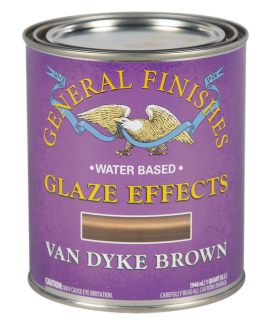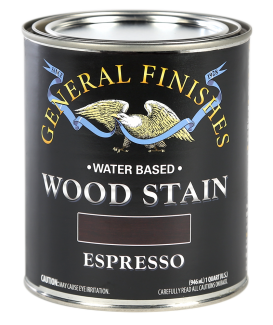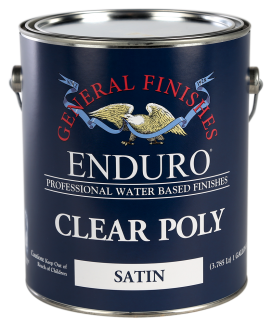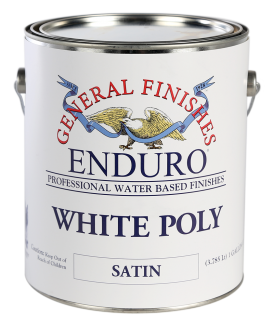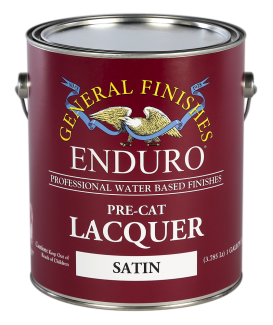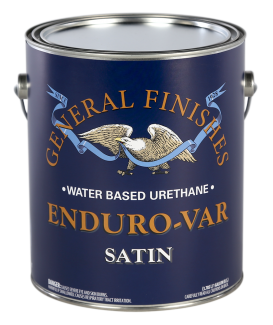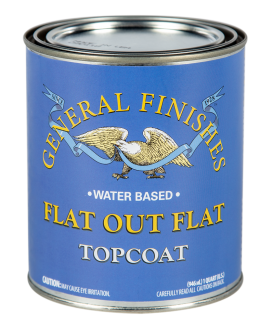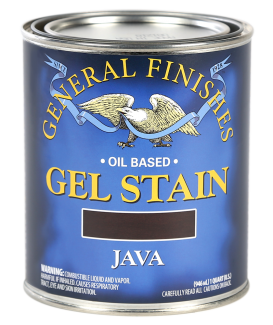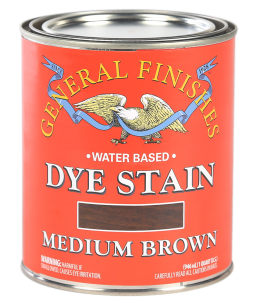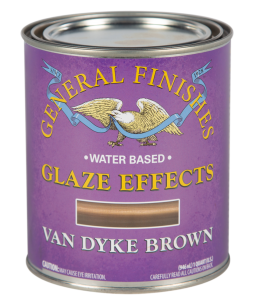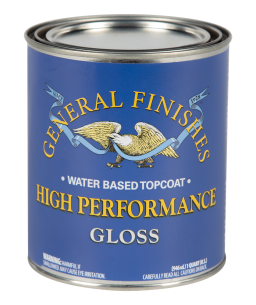General Finishes water-based products can be sprayed through compressed air, HVLP, airless or C.A.S. units.
SURFACE PREPARATION:
All surfaces should be clean and free from dirt and oil and sanded.
Indicated below are instructional videos we have for preparing a surface for a new coat of paint or finish:
SPRAY APPLICATION OF GENERAL FINISHES WATER BASED FINISHES:
All General Finishes water based topcoats and wood stains are ready to spray from the container without additives with the exception of Conversion Varnish. Always strain material through a medium to fine mesh filter before spraying. If necessary, in hot or dry climates, reduce 10 to 15% with General Finishes Extender to extend the open time.
PRE SEALING:
Softwoods such as Pine absorb stain at an uneven rate and may respond better to staining if the wood is pre-sealed. General Finishes Pre-Stain Conditioner Natural can be applied to raw wood to condition the surface for uniform penetration of the stain. Pre-sealing will cause the final stain to be lighter so you may need to use a darker color. Always test your color on a hidden part of the furniture. Allow the Pre-Stain Conditioner to dry 30 minutes before applying your final stain color.
If you are using a sprayer that has been used for oil based or lacquers, clean the unit thoroughly with acetone followed with hot water to purge the fluid passage. Apply a thin coat first that will dry and harden faster. Sand this first coat down to a smooth base on which to build your finish coats with a 220-320 grade foam sanding pad or #400-grit sandpaper. It is better to spray 2 thin coats rather than 1 heavy coat.
Contact your supplier to verify proper tip sizes for your specific equipment. GF's general recommended fluid tips for Wood Stains and Top Coats are Compressed air - .040 and Airless - .009.
RECOMMENDED TIPS FOR GENERAL FINISHES PRODUCTS USING HVLP:
- Milk Paint: 1.8mm-2.0mm
- Brushable White Enamel 1.8mm-2.0mm
- Stain Blocker: 1.8mm-2.0mm
- Pearl Effects: 1.8mm-2.0mm
- Glaze Effects: 1.8mm-2.0mm
- High-Performance Topcoat: 1.1mm-1.3mm
- Flat Out Flat Top Coat: 1.1mm-1.3mm
- Enduro-Var 1.1mm-1.3mm
- Water-Based Wood Stain: 1.1mm-1.3mm
- Water-Based Dye Stain: 1.1mm-1.3mm
- Exterior 450 Topcoat:1.1mm-1.3mm
- Exterior 450 Stain: 1.1mm-1.3mm
- Enduro Sanding Sealer: 1.3-1.4mm
- Enduro White Poly: 1.3mm-1.5mm
- Enduro Black Poly: 1.3mm-1.5mm
- Enduro White Under Coat 1.5mm-1.8mm
- Enduro Clear Poly: 1.1mm-1.3mm
- Enduro Pre Cat Lacquer: 1.1mm-1.3mm
- Enduro Conversion Varnish: 1.1mm-1.3mm
Air caps should be medium size. Contact your supplier to verify proper tip sizes for your specific equipment.
Break your work into sections such as dresser top or drawer fronts. Spraying too large of an area can result in a textured grainy surface. A correctly sprayed finish should appear even and glossy. It is important to spray enough material to allow proper flow and leveling of the finish.
Spray medium wet films at 3-5 wet ml thickness. Practice makes perfect. If you have never sprayed finishes before, take a large piece of cardboard and practice your technique first. Spray water on the cardboard to learn how the gun works. Check your fluid settings and adjust the controls to get comfortable with the spray angles and to develop your technique.
SPRAYING TOPCOATS:
Keep your gun at a 90* angle, 6-8" from the surface. On large flat areas, use wet, even patterns 6 to 8 wide. For narrow surfaces, reduce the fan pattern to 2-3" to reduce overspray. For topcoats, overlap each pass 25% to conceal lines.
Watch our video how to spray water based topcoats here.
SPRAYING WATER BASED WOOD STAINS:
Keep your gun at a 90* angle, 6-8" from the surface. On large flat areas, use wet, even patterns 6 to 8 wide. For narrow surfaces, reduce the fan pattern to 2-3" to reduce overspray. Overlap each pass of stain 50% for even coverage and wipe back the excess with an absorbent cloth. For narrow surfaces, reduce the fan pattern to 2-3" to reduce overspray.
SPRAYING WATER BASED DYE STAINS:
Keep your gun at a 90* angle, 6-8" from the surface. On large flat areas, use wet, even patterns 6 to 8 wide. For narrow surfaces, reduce the fan pattern to 2-3" to reduce overspray. Overlap each pass of stain 50% for even coverage. If coverage is even, there is no need to wipe. If you have issues with uneven coverage, wipe back the excess with an absorbent cloth. For narrow surfaces, reduce the fan pattern to 2-3" to reduce overspray.

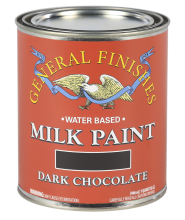 Milk Paint
Milk Paint
 Enduro Ready to Match (RTM) Water Based Stain
Enduro Ready to Match (RTM) Water Based Stain
 Brushable White Enamel
Brushable White Enamel
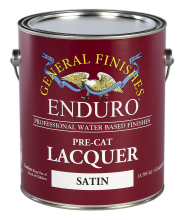 Enduro Pre-Cat Lacquer
Enduro Pre-Cat Lacquer
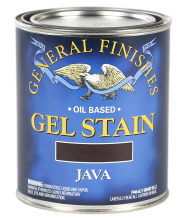 Gel Stains
Gel Stains
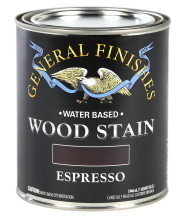 Water Based Wood Stain
Water Based Wood Stain
 Pro Image Flooring Topcoat
Pro Image Flooring Topcoat
 Jen Poly Brushes
Jen Poly Brushes
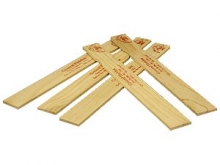 Stir Stix
Stir Stix
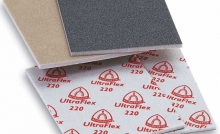 Ultraflex Softback Sanding Sponge
Ultraflex Softback Sanding Sponge

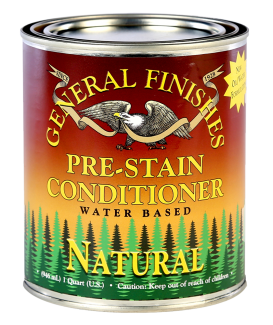
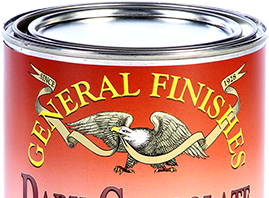
 SDS: Water Based Pre-Stain Wood Conditioner - 2018-06
SDS: Water Based Pre-Stain Wood Conditioner - 2018-06
